Just a couple of days ago, Apple launched its long overdue updated 2024 Mac Mini. Featuring Apple’s latest M4 and M4 Pro chipsets, the 2024 Mac Mini is not only the most powerful Mac Mini Apple has ever made, but is also now smaller and lighter than before.
What’s even better is its starting price of RM2,499, making Apple’s current most affordable Mac with its latest and greatest silicon. You can now drop your order for the 2024 Mac Mini, with the device scheduled to reach Malaysian shores soon.
Simply said, the 2024 Mac Mini is a powerful device with great value for money. However, there is one slight problem with its otherwise beautifully designed exterior, which is the placement of its power button. Out of all places, Apple chose to place the all-important power button at the bottom of the Mac Mini.
Form over function?
By placing the power button at the bottom of the device, Apple did successfully achieve a clean and sleek-looking design with the Mac Mini. However, this makes the button hard to reach, especially when the Mac Mini is placed in a tight space, forcing users to lift the device up just to power it on. Because users can’t see the button, one will also need to fumble around or rely on muscle memory to feel the button.
Many have compared this controversial design decision to the second-generation Magic Mouse whose charging port is located on its underside, rendering it practically useless when it’s being charged. In fact, Apple did it again when it released the USB-C-equipped Magic Mouse a couple of days ago, refusing to alter the position of the charging port.
Anyhow, here are some creative workarounds we’ve found for the unfortunate location of the power button in the new 2024 Mac Mini.
People have designed 3D-printed levers to help press the Mac Mini’s power button
Wished Apple could have designed the power at the top of the Mac Mini? Some people on the internet have designed 3D-printed levers to make that happen.
Ivan Kuleshov shared on X a first-class lever design that allows you to press down on one side of the lever which will then raise the other to press the button from the bottom of the device, much like a see-saw.
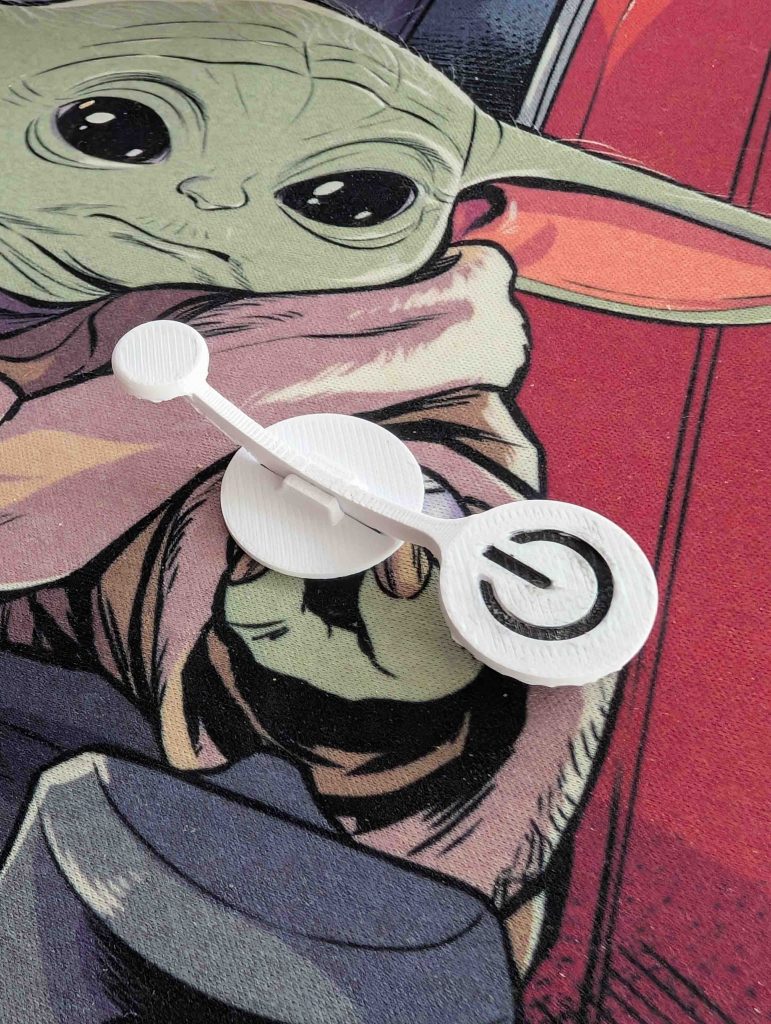
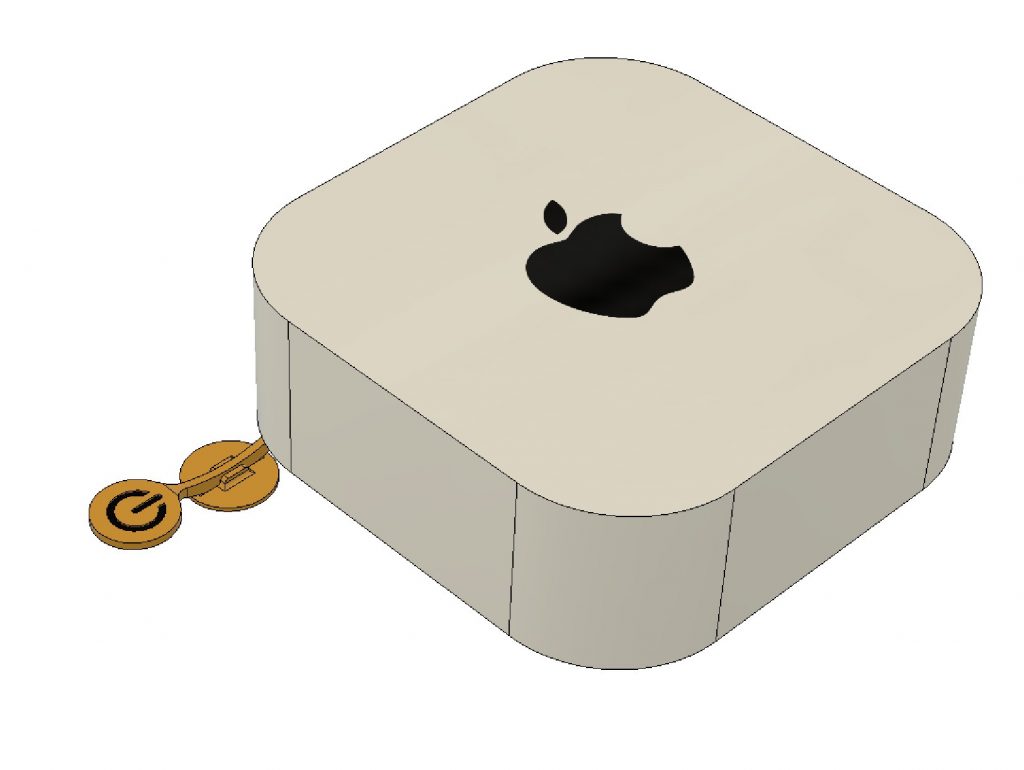
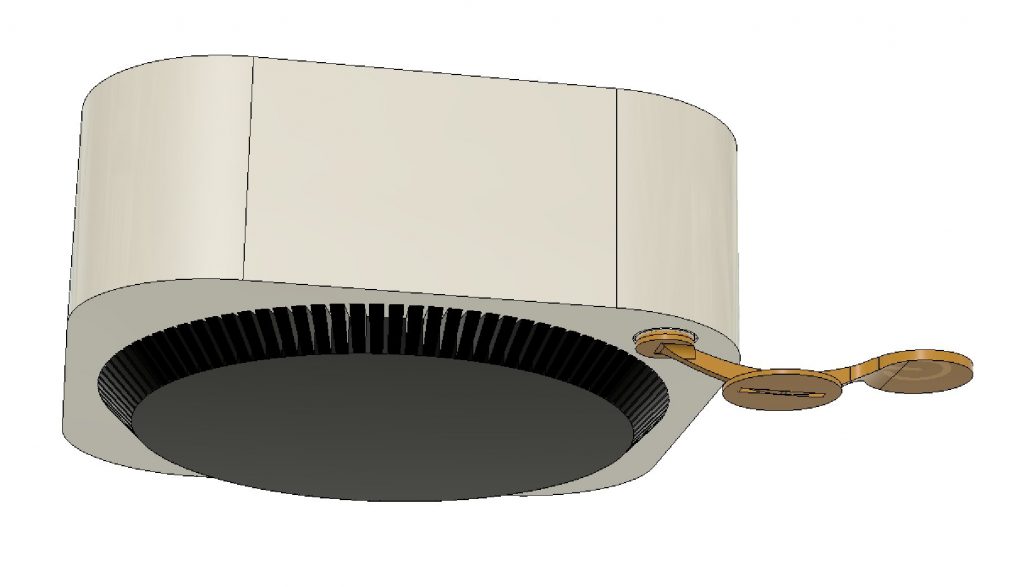
Another user on X with the handle @shapoco has also shared his version of a lever that’s shaped like the letter “C”. By slotting the lever onto the Mac Mini, you simply need to press on the lever from the top of the device, which will then push its underside against the button, thus helping you to switch on your Mac Mini.
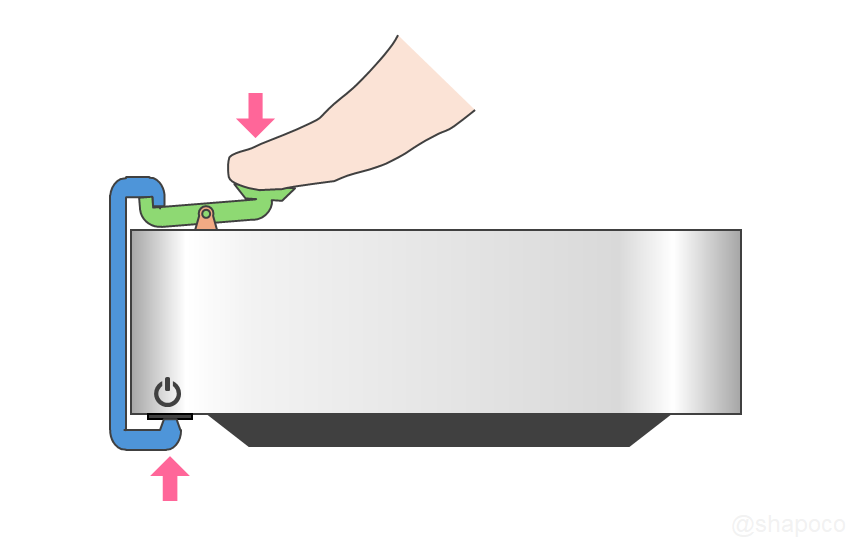
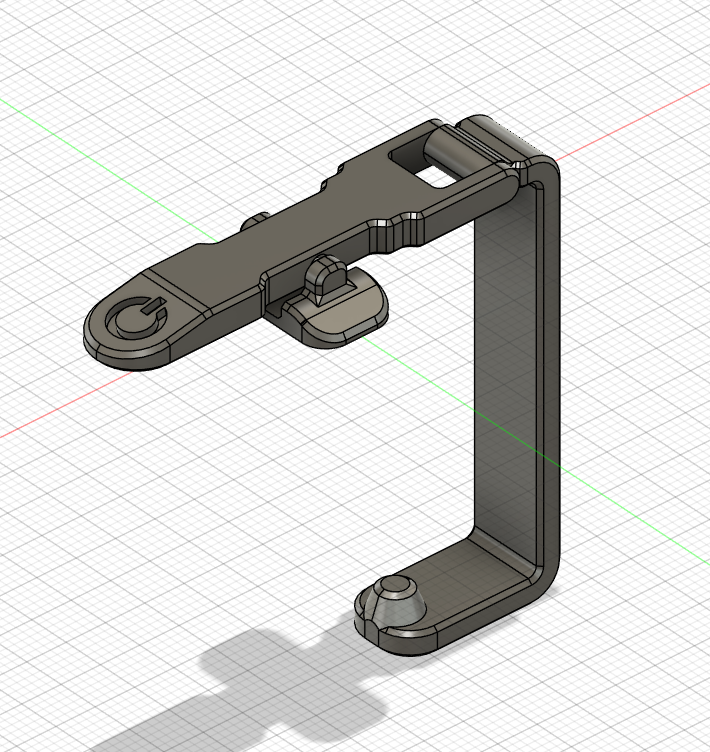
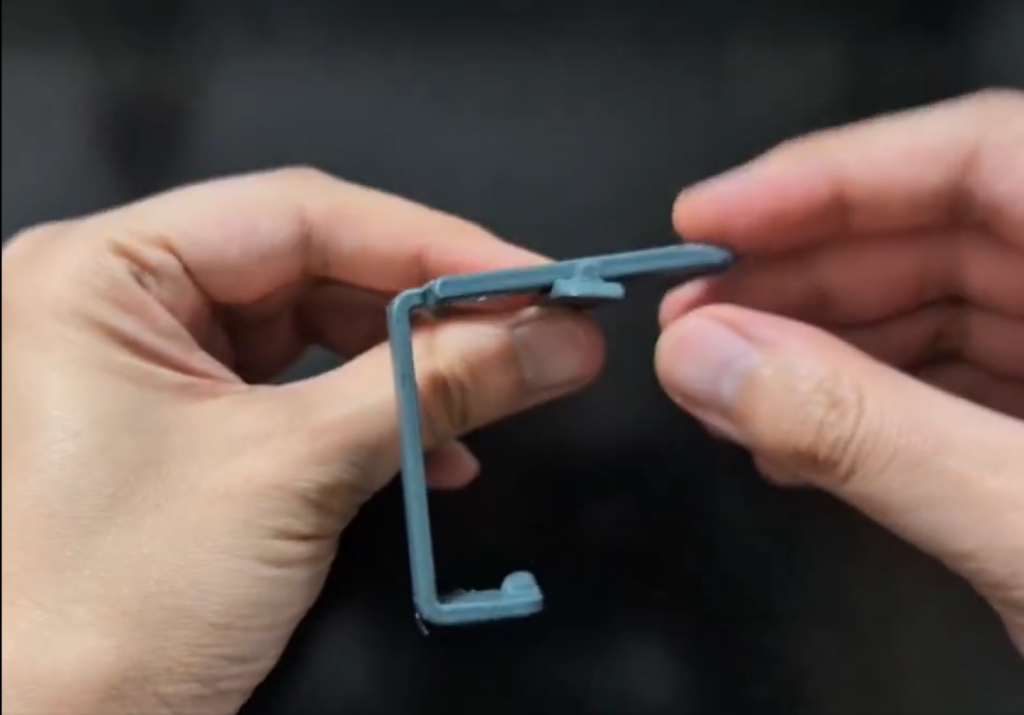
Yes, the need to design equipment like these just to make it easier to press the power button of a device might sound ridiculous, but we can’t deny that it’s interesting to see netizens flexing their creativity and engineering knowledge to come up with these solutions.
Can’t reach it? Just flip it upside down
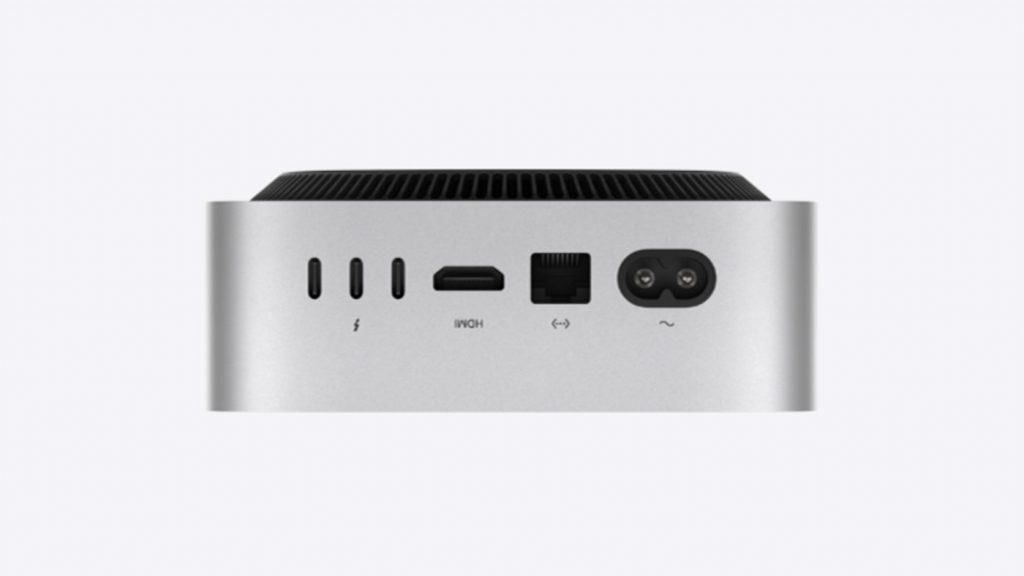
Don’t have access to the equipment mentioned above or don’t own a 3D printer? Just flip the Mac Mini upside down.
By doing that, the power button is now in the most convenient position, facing upwards. But remember to place it on a soft surface so that you don’t end up scratching your Mac Mini’s metal shell though.
Just leave your Mac Mini in sleep mode
You can also choose to not think about the power button placement situation at all by simply placing your Mac Mini in its normal position and leaving it in sleep mode when you’re not using it.
In this case, you will rarely or even never need to reach for the power button at all. As a matter of fact, leaving your machine in sleep probably consumes little to no extra energy compared to shutting down the machine every time. However, it might not be that friendly towards the environment.




